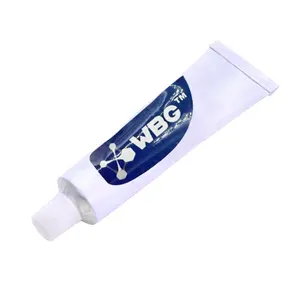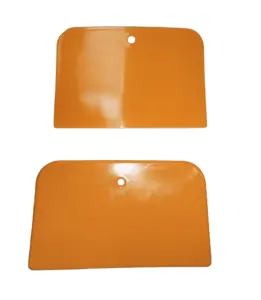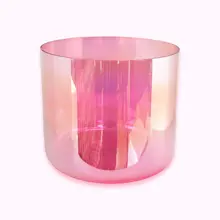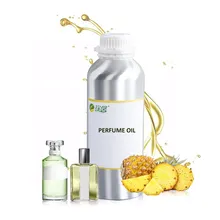Understanding Glazing Putty
Glazing putty, a versatile substance used in various applications, serves as a sealant and filler. Its primary use is to seal glass panes in wooden or metal frames, ensuring a tight and secure fit. This product category encompasses a range of formulations, including linseed oil putty and plasolux glazing putty, each tailored for specific surfaces and purposes.
Types and Applications
The diversity of glazing putty types, such as glazing putty for windows and automotive glazing putty, caters to different industry needs. For instance, bondo glazing and spot putty is widely used in the automotive sector for minor body repairs and finishing. In contrast, glazing putty for wood is formulated to work with the porous nature of wooden frames, providing a durable seal.
Features and Materials
Each glazing compound is designed with specific features to suit its application. For example, 3m glazing putty is known for its easy application and sanding properties, making it ideal for both professional and DIY projects. Materials like linseed putty are traditional components that have been used for centuries, offering a natural and effective solution for window glazing.
Advantages of Glazing Putty
The advantages of using glazing putty include its protective qualities, such as shielding against dust and environmental elements. Glazing and spot putty products also provide a finish that complements the longevity of the surfaces they are applied to. Additionally, specialized variants like evercoat glazing putty offer enhanced features such as faster drying times and superior adhesion.
Selection and Use
When selecting a glazing putty, it is essential to consider the specific requirements of the project. For automotive applications, products like bondo spot putty and 3m putty glaze are designed to meet the demanding conditions of vehicle exteriors. It is also important to follow the manufacturer's instructions for the best results and to ensure compatibility with the surface being treated.
Environmental and Safety Considerations
Safety and environmental considerations are paramount when dealing with glazing compounds. Many options available on the platform are formulated to be non-allergic and skin-friendly, minimizing health risks. Users should always check for certifications and, if available, dermatologist testing to ensure the product meets safety standards.











































 浙公网安备 33010002000092号
浙公网安备 33010002000092号 浙B2-20120091-4
浙B2-20120091-4